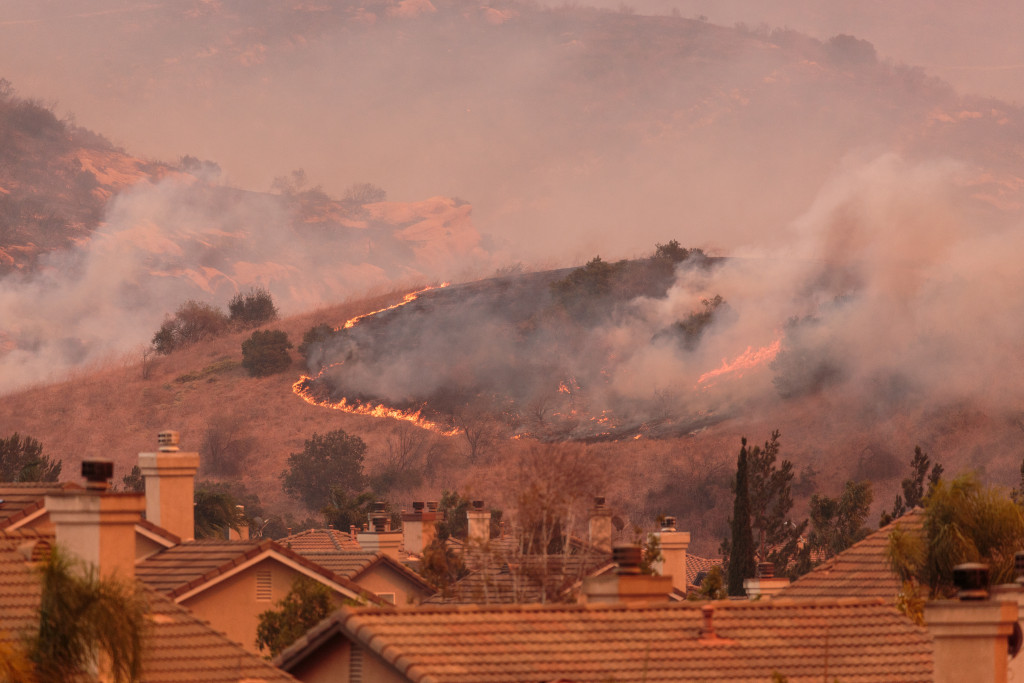2021 has unleashed record heat in many parts of the United States. We are well aware that this means more widespread wildfires. While many areas are used to rescue and evacuation protocols, others are yet to be familiar with them.
Human and natural activity convoluting together to worsen global warming is known to spark these fires. Most often than not, these disasters are hard to control once they start. Fire rescue groups are often defeated when fires reach a tipping point. However, they continue to learn from experiences through the years.
This calls for everyone’s constant alertness on how any massive disaster, which often strikes unexpectedly, should be approached. Keeping in mind that even firefighters equipped with high-quality fire protective clothing and other gear to extinguish these fires can be overwhelmed too, households should be able to manage their evacuation independently when push comes to shove. Many may undermine the power of anticipating and planning, but discussing the risks of wildfires with every family around is key to survival. Here are crucial items to guide you in formulating a contingency plan:
Roles
It is important to agree on what each family member is in charge of at the onset of a wildfire. Who keeps everyone updated on news and local announcements? Who closes the windows, turns off electrical fuses, gas, and water, and moves objects, such as furniture and water buckets, when the fires are inching closer? Who initiates counting off when arriving at a new location to ensure the family is complete? Similarly, who leads and who tails the team when traversing from the house to the rescue vehicle?
Aside from understanding what to do during emergencies like wildfires, role designation develops a sense of codependence as well as synchronized actions. Having every member aware of his or her role as early as months before wildfire season helps a lot in keeping everyone from panicking when it’s no longer just a drill. It also saves a lot of mind work and much-needed time, especially when evacuating a place with an active fire.
Essentials
The American Red Cross recommends preparing an emergency bag for every family member. It should contain two or more changes of clothes, packed ready-to-eat food, and drinking water (for pets, too, if any) good for up two to three days, face coverings with proper respirators, protective clothing, a first-aid kit, medications, a flashlight, toiletries, mobile phone, radio, a pack of batteries and power bank, bank cards, a list of emergency hotlines and contacts of all family members, and keys for the car, house, and vault. A spare bag of emergency supplies should also be kept in the car.
Escape Route

Aside from everyone’s designated roles, it is important to have common knowledge on the evacuation routes in the house as well as from the house to the evacuation sites. Evacuate only when advised by local authorities. In the event that it’s too late to leave the house or you get trapped, immediately call 911 to provide your location and keep lights in the house turned on for ease of identification once rescuers arrive.
Important Documents
Pertinent documents, including passports, IDs, financial documents like land titles and certificates of trust funds, medical records, and bank cards, should be kept in a secure container. As a contingency, keep several certified copies in your vault. You can also maintain digital copies of these documents on multiple personal devices like your laptop and mobile phone.
In the event your property sustains significant damage, keeping your insurance policies intact would help you easily claim for damages in addition to taking pictures of the aftermath. So, better keep these documents unscathed.
The House
While you can, fire-proof your house with fire-resistant building materials. Ensure windows can be sealed shut to keep harmful smoke from entering if a wildfire is occurring nearby. Equip it with internal and external sprinklers and smoke detectors and make sure these are maintained regularly. During the warmer seasons, always clear your roof and gutters of any fallen debris from trees and other combustible materials. Materials you usually keep out but are combustible, like cans of oil or lubricant, should be kept in the garage. Create an outdoor faucet and attach a long hose to it as well.
Cut down trees and bushes standing within 30 feet of your house. Clear surrounding plants of dried branches as well. Also, trim them so that they have a gap between each other to delay the spread of possible fires.
With the tips we shared, we hope you could gear up for this wildfire season. You could also establish a similar protocol for other natural calamities. Always remember that ample preparation keeps you and your loved ones safe.

